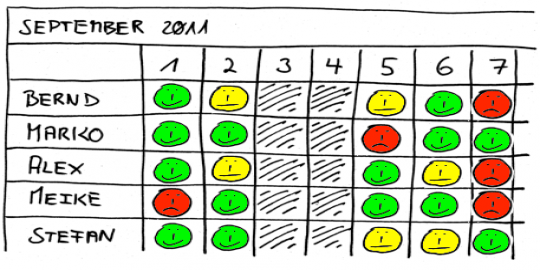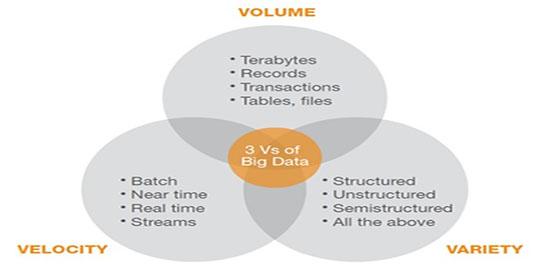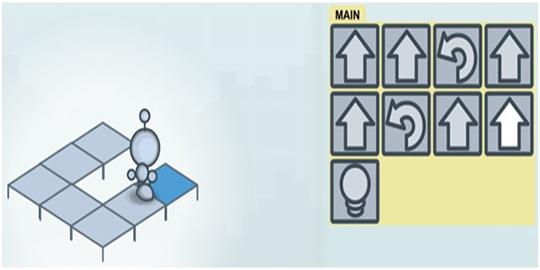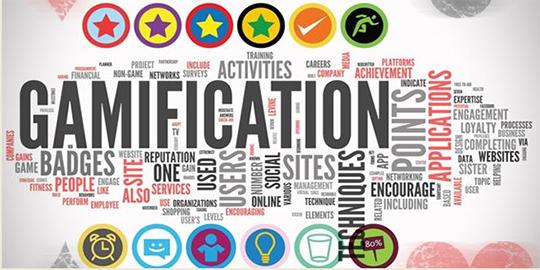In teams working in the technology field, the concept of happiness is becoming increasingly important as a key factor for improving productivity and the quality of the products developed. To illustrate this point, the article “Happy Workers Are More Productive: Science Proves It“ shows that happier people are approximately 12% more productive and explains why companies need to allocate resources to enhancing their employees' happiness.


From the outset IBM and Gartner's approach to Big Data envisaged a model in three dimensions (volume, velocity and variety), called the "three Vs" model.
Based on the three Vs, Big Data can be defined as a set of tools that combine to support the compilation, storage and management of large volumes of varied data at high velocities, generating information to support sound decision-making.

An enormous amount and diversity of programming languages are currently used. But, for better or for worse, most organizations are loyal to a small subgroup of the usual ones (C++, JavaScript, PHP, Ruby, etc.) when faced with any programming-related problem.


This article presents diverse types of initiatives that seek to teach how to program by applying techniques from the world of games. The gamification revolution across all spheres now reaches the field of programming.

The introduction of gamification has been unstoppable in recent years. However, it has gone unnoticed by many people. No doubt, gamification is present in such varied fields as learning, banking, energy or health, but what is most important is that according to a recent article of the IEEE [1] about 85% of activities in our lives will include aspects inherent to games by 2020. In other words, we are gradually witnessing the gamification of our life, the definitive game.
